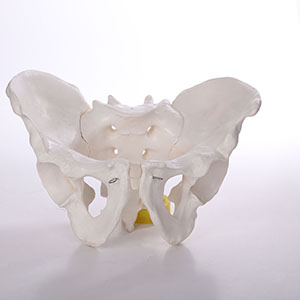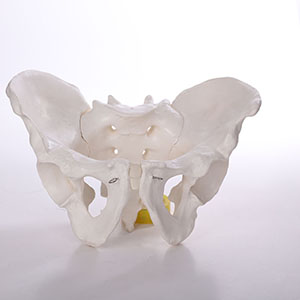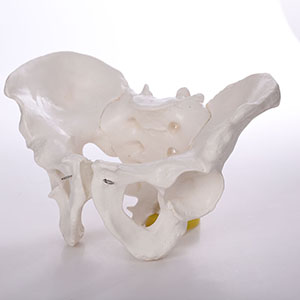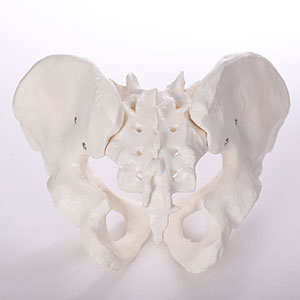Welcome to visitShanghai Chinon medical Model & Equipment Manufacturing Co., LTD
The application of pelvic model in clinical training can undoubtedly accelerate the learning process of medical students. Through its high-fidelity anatomy, students gain practical experience in a simulated environment, enabling them to acquire important knowledge and skills such as pelvic anatomy, disease diagnosis and surgical operations more efficiently.
1. Improve anatomy understanding and practical operation ability
The pelvis model provides an intuitive representation of the structure of the pelvic region, helping students become familiar with and understand the anatomical relationships of the pelvis without direct contact with real patients. Studies have shown that students who study with three-dimensional pelvic models have a more solid grasp of anatomy than students who study only through books and diagrams. The use of models encourages students to be exposed to complex anatomical knowledge earlier, accelerating the integration of theory and practice.

2. Promote skill training and clinical application
On the pelvis model, students can perform various operational exercises, such as pelvic reduction, endoscopic surgery, etc., and even perform obstetric operations in simulated situations. Through this repeated practice, students are able to improve their practical skills and better understand the treatment needs of different pathological states. The early accumulation of these skills helps students adapt more quickly in the clinical practice stage and improve their ability to solve complex cases.

3. Data support and learning effect
Several studies have shown that students trained in clinical skills using pelvic models are able to master practical skills more quickly than traditional teaching methods such as anatomy books and illustrations. Data from some educational institutions show that students' operational proficiency and self-confidence have been greatly improved after model training. The effectiveness of simulation training can be quantified by standardized assessment methods, and this method is more effective than traditional teaching methods, especially in improving surgical preparation and emergency treatment skills.

4. Strengthen clinical decision-making and patient communication
Through the pelvic model, students will not only be able to practice surgical skills, but also gain a better understanding of clinical decision-making in different pathological conditions. For example, in situations such as a simulated pelvic fracture or tumor removal, students are able to exercise the model and gain a deep understanding of how to choose the best treatment plan. This interactive approach to learning accelerates the development of clinical thinking and enhances the ability to communicate with patients.

conclusion
The application of pelvic model in clinical training accelerates the learning process of medical students by providing a highly realistic practice environment. It not only helps students acquire anatomy and surgical skills faster, but also enhances their clinical judgment and operational confidence, ultimately facilitating a seamless transition from theory to practice and enhancing the effectiveness of medical education as a whole.